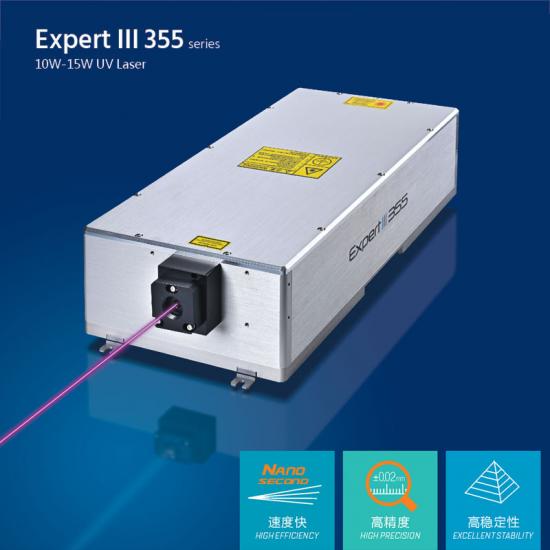How does RFH's nanosecond solid-state laser mark ceramics?
Jul 27 , 2022How does RFH's nanosecond solid-state laser mark ceramics?
Laser marking is a non-direct contact marking method. It uses the special effect of the interaction between the laser beam of high energy density and the material. When the beam is irradiated on the surface of the material, the temperature of the surface of the material rises sharply and evaporates instantly. Material removal leaving traces of markings.
Compared with traditional electrochemistry, printing, stamping and other marking methods, laser marking has the advantages of high efficiency, fast speed, high quality, great flexibility, and no pollution. Therefore, laser marking has been widely used. According to lasers of different wavelengths, it is suitable for marking various metal and non-metal materials such as plastics, metals, ceramics, glass, films, and cartons.

uv laser | green laser | Ultraviolet lasers | uv dpss laser | nanosecond laser | UV laser source | Solid State Lasers
In the application of laser marking on ceramics, due to the hard and brittle characteristics of ceramic materials, there are strict requirements on the beam properties of the laser and the size of the heat-affected zone during actual marking. The "cold light" property of UV lasers is especially suitable for the marking of such brittle materials. This is the case with the industrial-grade UV nanosecond solid-state laser designed by RFH. It is a high-precision marking for ceramic sanitary ware, ceramic handicrafts, ceramic tableware and other products. A solid choice for:
First, the 355nm ultraviolet laser it outputs has a short wavelength, and most materials have a high absorption rate for it, and ceramics are no exception. It can directly destroy the molecular bonds on the ceramic surface and make the molecules detach from the surface of the object, and this method will not produce High heat and small heat affected zone, so it is called cold working.
The second is the excellent beam quality (M2<1.2), small spot size after focusing, finer micron-level marking, and the delicate texture of the marking, which can make consumers feel the high-quality and high-quality ceramic products.
Third, the permanent marks left by laser marking are durable and can withstand daily washing and washing, as well as the baptism of long years, and are still as clear as new.
Fourth, it can operate 7*24 hours stably. From now on, manufacturers no longer need to replace ink cartridges or chemical solutions regularly. It is safe, environmentally friendly and pollution-free, which is more suitable for the current mainstream trend of environmental protection.
Fifth, whether ordinary characters, numbers, logos or complex graphic patterns, or flat and curved surfaces, or even special-shaped surfaces, RFH industrial-grade nanosecond solid-state lasers can be used for fast marking. The ideal choice for customers who have requirements for standard effects. The marked graphics can not only make ceramic products more aesthetically pleasing and unique, but also effectively enhance the added value of ceramic products.
Epilogue
RFH industrial-grade nanosecond solid-state lasers are widely used. The processing of hard and brittle materials such as ceramics, glass, gemstones, and wafers is inseparable from UV lasers. played a vital role. In the era of "light" processing, the RFH industrial-grade UV nanosecond solid-state laser is undoubtedly a reliable tool for high-quality micromachining.